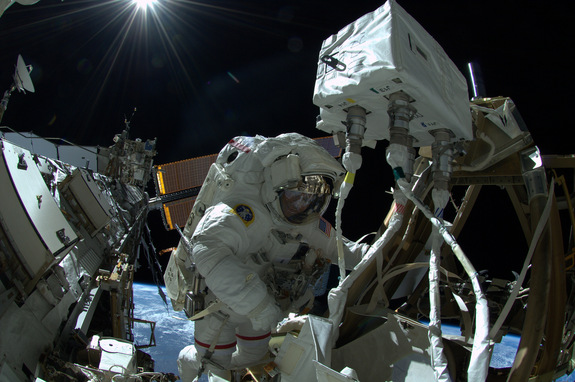
Blockbuster sci-fi movies like Interstellar and Gravity and bestselling novels like The Martian raise many questions about space travel and human survival on other worlds. What happens to time during long space voyages? How will astronauts handle emergencies with limited supplies and equipment? Where might humans find another Earthlike planet to colonize? How would they survive there? At Howtosmile.org, learners think like scientists and engineers to explore such challenges through both hands-on and online activities.
In the hands-on Planet Exploration Mission activity, learners design a scientific exploration mission to a planet or moon of their choice. They must consider such aspects as which planet or moon to explore, distance of space travel, atmosphere and possible lifeforms on the destination moon or planet, and technology needed once they get there. In the online Zoom: Travel to a Star and Back to Earth, learners pick a fictional destination light years away, travel there and back to Earth, and see the difference in the relative times that have passed for them and the people that stayed on Earth.
In the Cooling Off activity, learners experiment as they design an improved cooling system like those used in spacesuits. In Moving and Working in Space, learners complete hands-on tasks while wearing garden or rubber globes, and remaining attached to a tether at all times. This activity teaches the challenges of moving within the confines of a spacecraft, and the difficulties of reduced finger sensitivity in handling equipment while wearing gloves. In the So Many Parts Flash game and spacewalk mission simulation, learners are challenged to repair a space station while balancing their oxygen and fuel use carefully, all while moving around according to Newton's Third Law of Motion.
An excellent nonfiction book for young readers is Mission: MARS by Pascal Lee, senior planetary scientist at the SETI Institute.
[NASA photo]
